For the past year I'd been making what I considered a good or at least interesting photograph each day within 200 feet of our back door. The results were posted by the meteorological seasons here, here, here and here.
On many days I took multiple photos, sometimes a burst of several images of one subject, sometimes photos of different subjects. Many of those, for one reason or another, weren’t included in the earlier posts. Just as some athletes aren’t good enough to make the team and are referred to as not having “made the cut”, the same can be said of photos that just aren’t good enough – here are a few of the many photos that didn’t make the cut –
Although I didn’t think these photos were good enough or interesting enough to make the cut, I enjoyed making them and I hope you've enjoyed seeing at them.
How many more subjects or how many other photographs could have been taken within 200 feet of our back door I’ll never know, but the number probably approaches the uncountable.


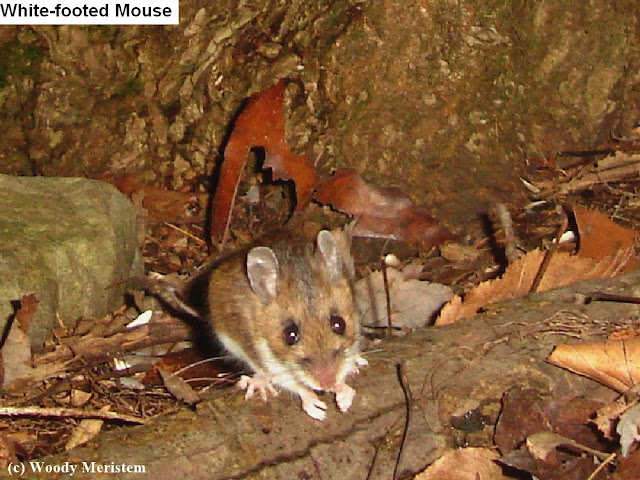







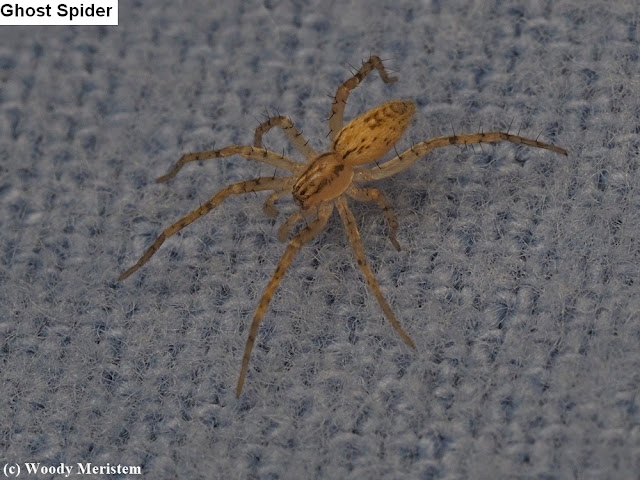



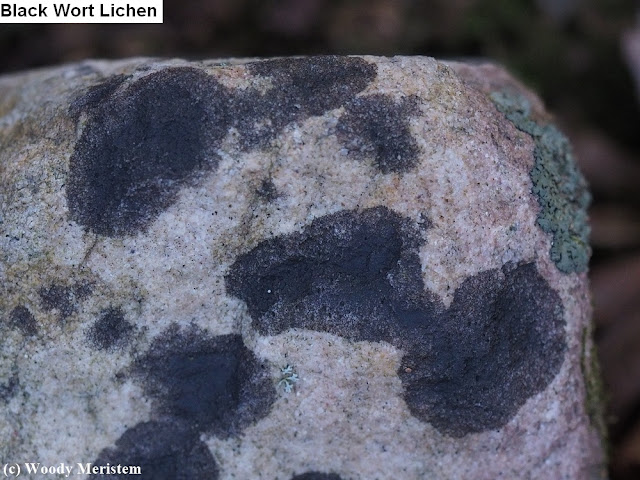

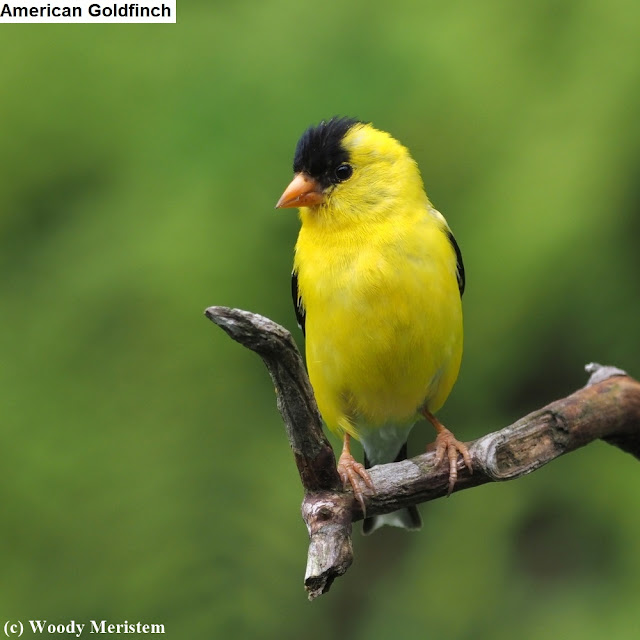





.JPG)
.JPG)







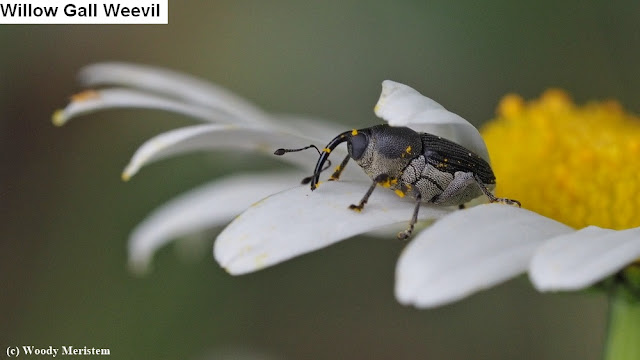



.JPG)
















